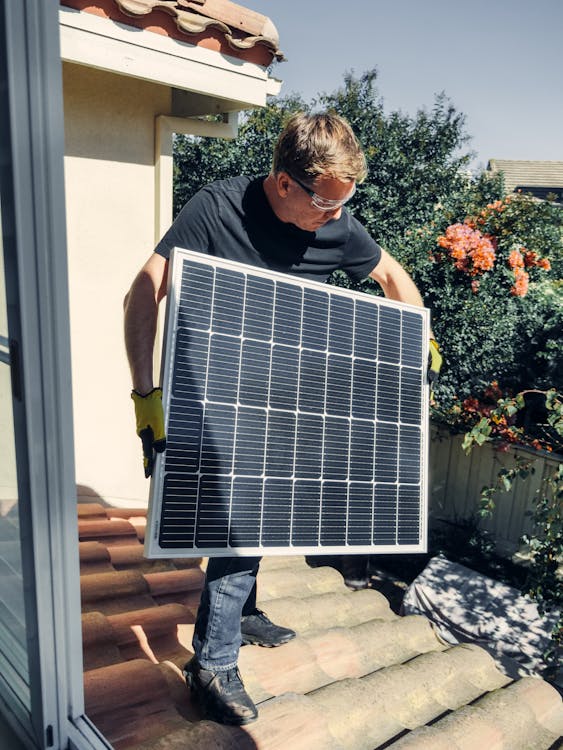Solar power has recently become a popular renewable energy source due to its cleanliness, abundance, and environmental friendliness. However, solar panel installations face a significant challenge due to partial shading. This occurs when some parts of the solar panel receive less sunlight due to obstructions such as trees, buildings, or other objects that cast shadows. This article discusses the effect of partial shading on solar panels.
 |
| Partially shaded solar panel (Source: pexels.com) |
Partial shading can significantly impact the performance of solar panels. When one or more solar panel cells are shaded, the output of the entire panel decreases, resulting in reduced system efficiency. The effect of partial shading depends on various factors such as panel type, size of the shaded area, and shading pattern.
Shaded cells in a partially shaded solar panel absorb less sunlight, reducing output. However, unshaded cells continue generating power, causing an imbalance in current flow, further reducing output power. Additionally, partial shading can cause the "hotspot effect," where a shaded cell becomes a load on other cells, leading to overheating and possible damage to the cell or entire panel.
There are several methods to mitigate the effect of partial shadings, such as bypass diodes. These diodes parallel each solar cell, enabling current flow around the shaded cell and reducing shading effects. Another approach is using micro-inverters or power optimizers, which convert DC power generated by each cell into AC power and perform maximum power point tracking (MPPT) to ensure each cell operates optimally, even under shading conditions. Proper panel placement and location selection in solar panel installations also help to reduce shading impact.
In conclusion, partial shading can adversely impact the performance of solar panels, leading to reduced output power, hotspots, and possible panel damage. However, using bypass diodes, micro-inverters, or power optimizers and proper panel placement can mitigate the effect of partial shading, enhancing the efficiency and output of solar panel systems.










